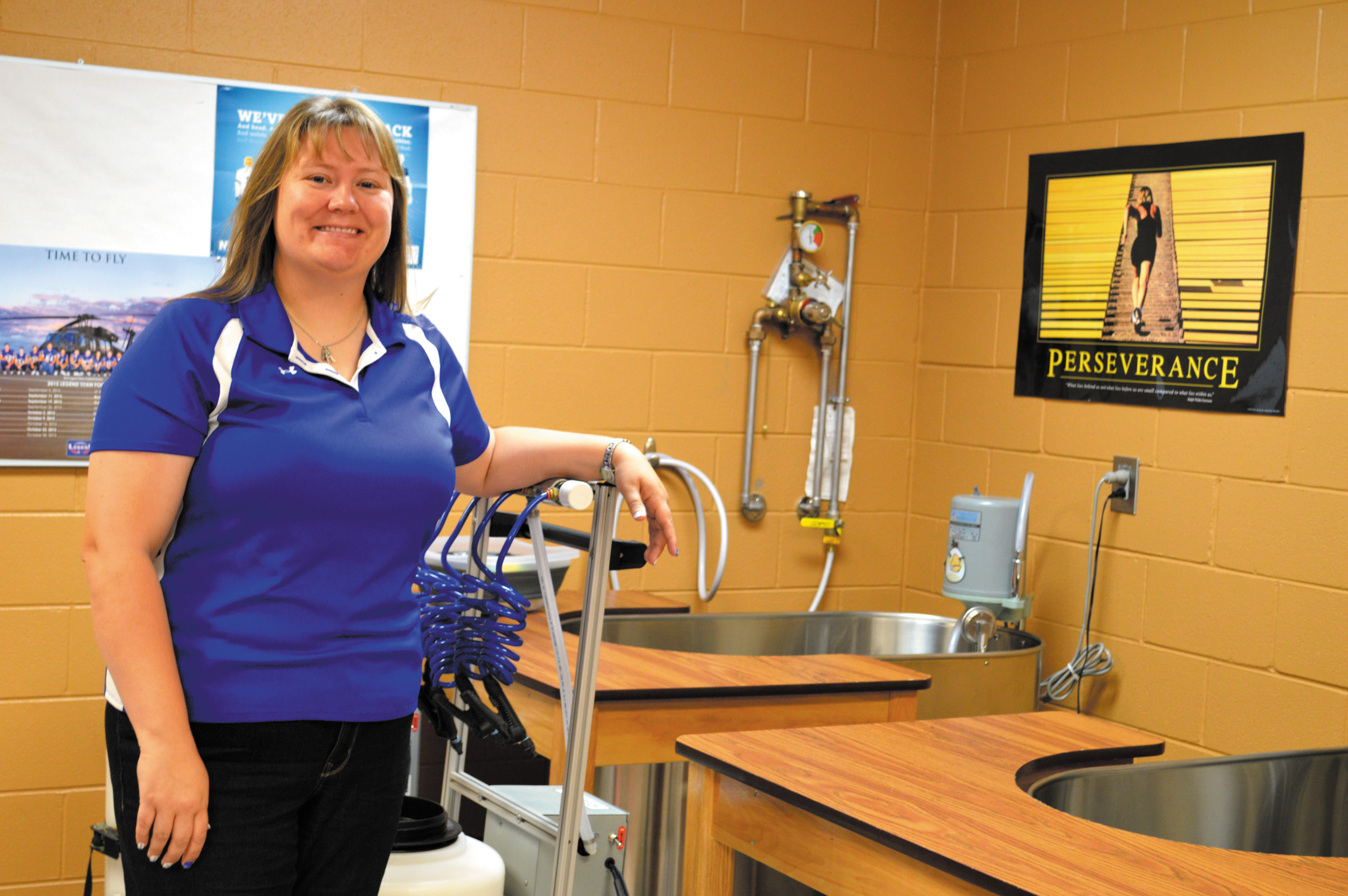
Article reposted from Castle Rock News Press
Author: Mike DiFerdinando
The Douglas County School District is entering into a partnership that would make school athletic trainers employees of Panorama Orthopedics.
The change has been met with mixed feelings by the employees it will impact.
Chris Mathewson is the head athletic trainer at Ponderosa High School in Parker. He was worked in the district for 23 years and has served as the representative for trainers in their discussions with the district.
“We, as a group, have been doing some really good work,” he said. “We do a good job. We cover a lot of things. Take care of the kids… and they’re blowing up the program. It hard to wrap your head around.”
The school board approved the partnership during its Jan.17meeting. The new contract, which has not been finalized, is expected to go into effect July 1.
Derek Chaney, school district director of athletics, activities and alternative education, said the change should have very little impact on the day-to-day operations for athletic trainers.
Currently, nine athletic trainers are employed by the district, with many of them working as teachers or coaches during the day. The estimated cost to the district for the 2017-18 year is $560,000. Contracting the work out to Panorama — which has offices in Golden, Westminster and Highlands Ranch — would cost $450,000, providing $110,000 in savings for the district.
Panorama has agreed to hire all athletic trainers employed now by DCSD at their same salary and allow them to continue at their present school.
“I think it will be a good partnership at the end of the day, but change always causes a little angst,” Chaney said.
Seven of the district’s nine athletic trainers are also teachers. Those teachers would work as district employees during the school day and then switch to being Panorama employees after school and during games.
This split-employment model has raised questions about how and when trainers will be allowed to provide treatment to student athletes.
District rules currently prevent employees from working other jobs during the hours they are working for the district.
“We’ve had some pretty significant concerns from the start about what this would do to the safety of their teaching positions,” Mathewson said. “We have been told many, many times that teachers cannot double dip.”
Chaney said he is aware of the need and expectation for trainers to be available to work with athletes during the school day.
“We want to continue to support our athletic trainers in that because it’s good for our student athletes and good for them,” he said. “We just need to make sure it says that in the contract.”
In addition, the change would affect retirement benefits of those already employed by the district, as they would become Panorama employees in their athletic training.
“I have 18 years in PERA, and now that I don’t teach, my PERA is gone,” said Mathewson,who spent his first five years in the district working for a private clinic before spending 18 years as a full-time trainer for DCSD. “Panorama is offering a 401(k) and things like that, but 18 years in PERA, you don’t get much. So that hurts.”
Mathewson said Panorama would also offer benefits like paying overtime when trainers attend weekend events.
Chaney said the contract will not be completed until March and that he intends to work with district trainers as they negotiate.
Panorama also has a contract in place with Jefferson County for similar services.
“We’re not the first school district they have worked with, so I’m sure there are ways they have worked through this,” Chaney said.
Chaney said he met with all of the athletic trainers to get their input and said the trainers will have a chance to review the contract before it is signed.
Other possible issues that will need to be worked through in the contract are how trainers will interact with school nurses, athletic training budgets and summer schedules.
“No one knows our job like us,” Mathewson said. “My hope is that we’re included in the process.”
